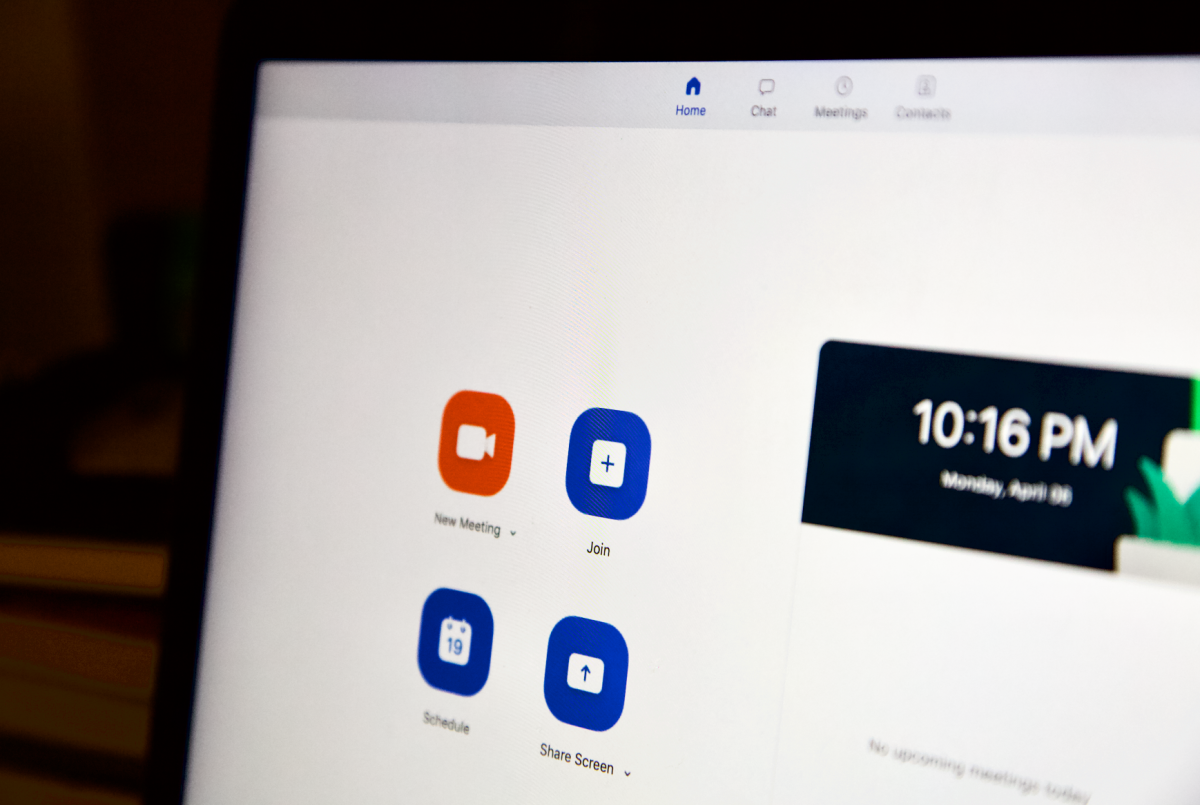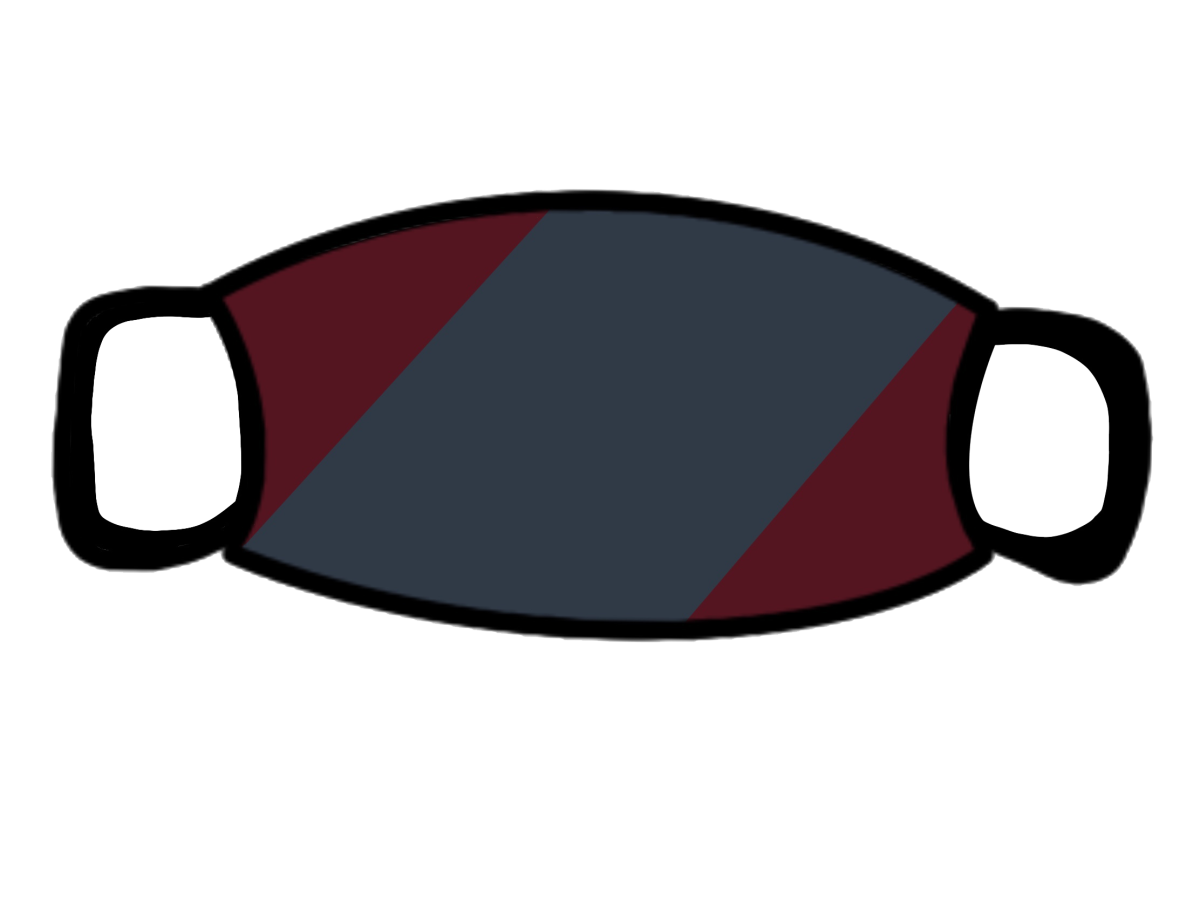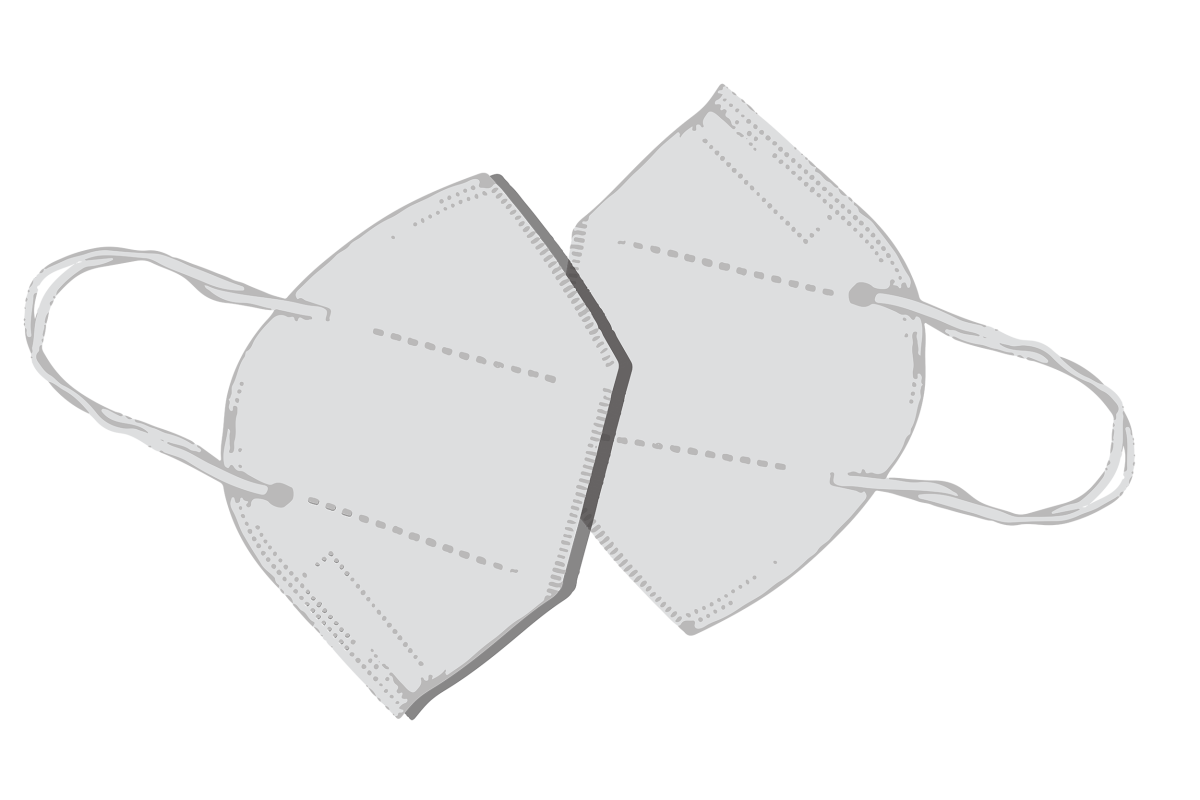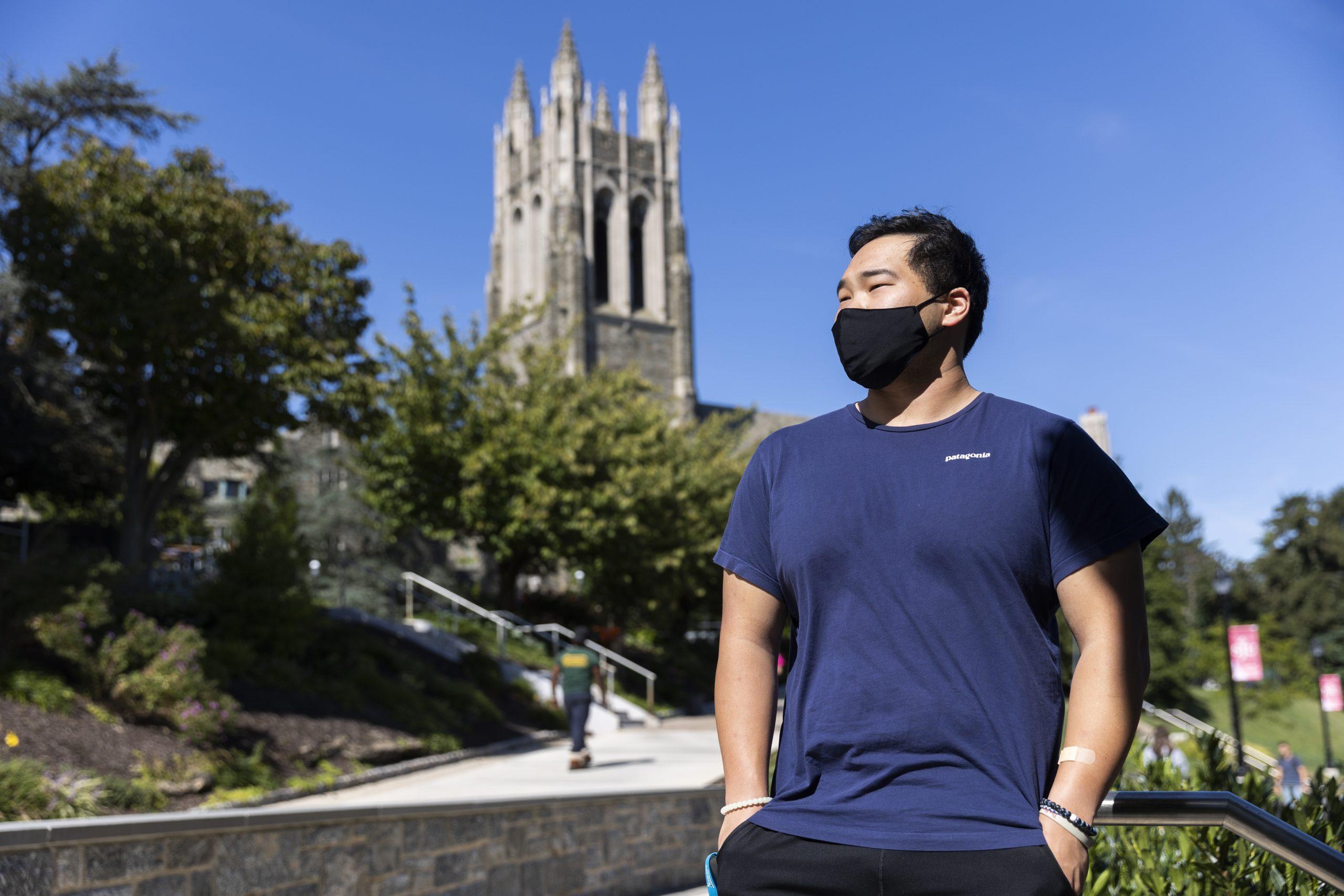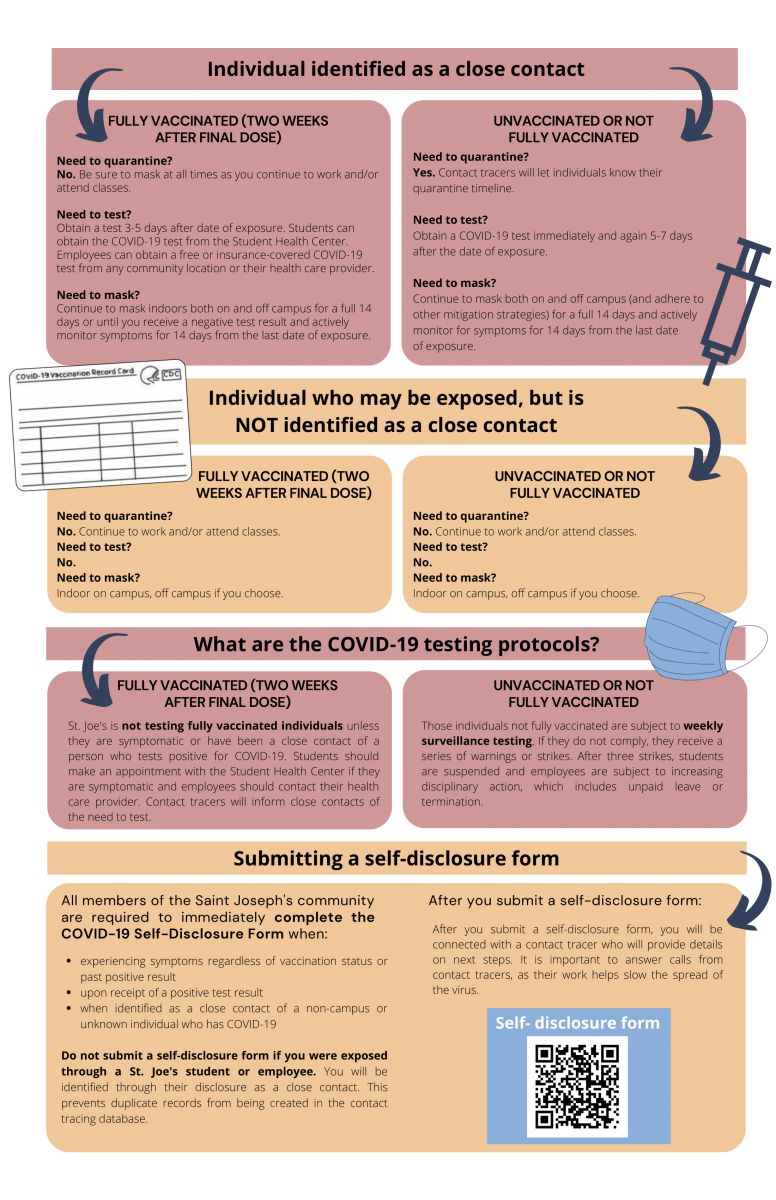At an economics department meeting on March 5, Nancy Fox, Ph.D., associate professor of economics, recalled being asked to create a plan should the university choose to transition to a virtual format for a portion of the semester.
“We all rolled our eyes and said, ‘You’ve got to be kidding me,’” Fox said. “For me, it was initially really intimidating because I had not used Zoom meetings. Every time I wanted to join, I encountered a problem.”
Cheryl McConnell, Ph.D., provost and vice president for academic affairs, alerted St. Joe’s faculty on March 12 that the university would be moving online for what was originally expected to be only a few weeks. Almost a week later on March 18, that decision was extended through the rest of the semester.
Having very little sense of how to navigate Zoom, faculty like Fox found sessions held by the Office of Information Technology on how to use the program as an educator extremely helpful. With the option to attend these sessions either in person or virtually, faculty members could attend Zoom information sessions.
“They said, ‘You don’t have to master the whole thing, you just have to master the basics initially to get you through,’” Fox said. “The basics of Zoom – and I’m not really a tech person – are not so bad, and there’s lots of features on it that are helpful. It’s an exaggeration to say that I learned something new each time, but it’s not that much of an exaggeration.”
For other faculty members, the biggest problems were more obvious ones, such as having to instruct a course through a computer.
Chalon Downs, a lab coordinator and instructor in the biology department, remembered initially hoping that drafting a plan was all she would have to do. Teaching four sections of a biology lab herself, Downs wondered what a virtual lab would be like, especially since her sections were in the middle of one before leaving for spring break.
“The thing was, we were in the middle of a semester,” Downs said. “We had to continue. I had to think of a way to finish. We had three more labs to do until the end [of the semester] so I had to take images and go through YouTube.”
The most important thing Downs lost with the virtual transition is the connection she had with her students. Just as they were learning from Downs, she said she was also learning from them.
“We don’t have the connection with each other to go into a lab and practice where I can talk to them and help them,” Downs said. “As a professor, I need interaction. In order to be a better teacher, I need them to tell me what they don’t understand or what they’re having problems with, and that’s not always translated online.”
In light of a transition to a virtual setting, concerns surrounding quality of material and access to material have arisen for professors like Downs and Fox.
“For most students, they have access to a computer and internet but there are certainly people who don’t,” James Carter, Ph.D., professor and history department wrote in an email to The Hawk. “At other campuses where there is a more diverse socio-economic profile it is definitely more of an issue, so it’s not an issue just St. Joe’s is dealing with but certainly at universities all around the country.”
Given that the coronavirus has affected every other aspect of her courses, Fox decided to incorporate the current pandemic into her curriculum.
“[The crisis] is making the economics real in a way that I try to do, but I couldn’t come close,” Fox said. “It’s a remarkable teaching and learning opportunity, but I regret that I have it of course. I would be completely remiss if as an economist and faculty member at this university if I wasn’t making the connection at some point to them.”














































